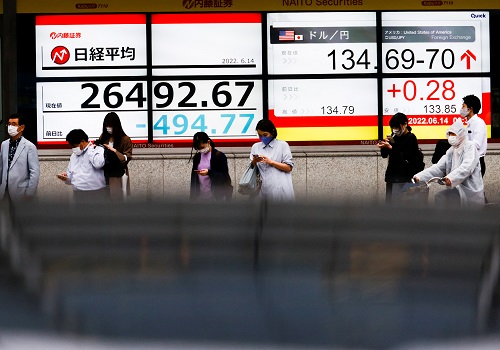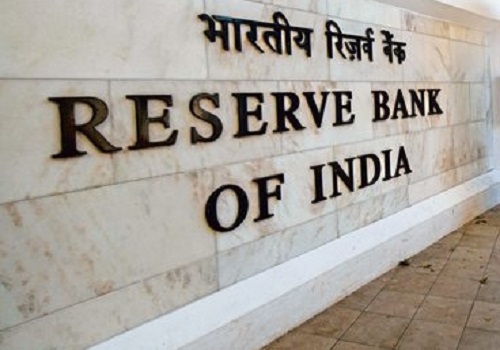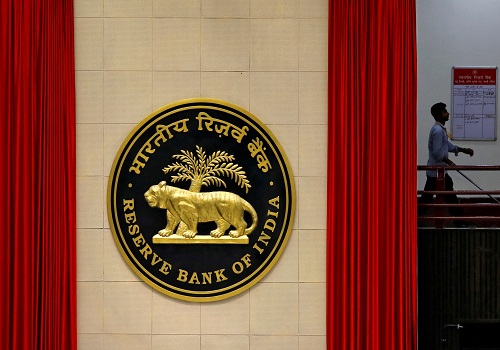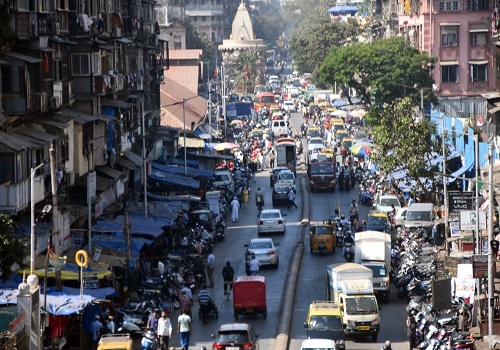Inflation Base effect-led easing By Emkay Global Financial Services
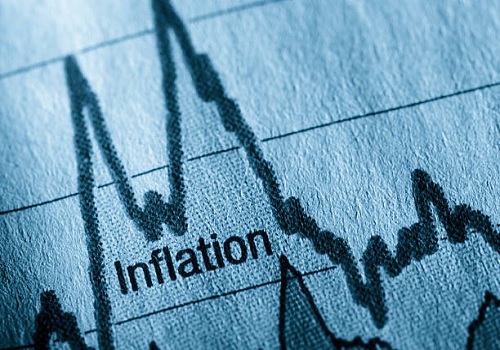
Follow us Now on Telegram ! Get daily 10 - 12 important updates on Business, Finance and Investment. Join our Telegram Channel
Headline CPI inflation moved lower to 6.77%, helped by a favorable base, even as food inflation spiked sequentially. The cereal and spices categories led food inflation. Core inflation remained stable at 6.30%, with continued sequential momentum across major categories, led by housing (possibly owing to higher rentals in urban areas) and personal care (festive-season impact).
Despite mild easing in input cost of production, the retail inflation outlook is fraught with considerable uncertainty, while resilience in demand could also keep core inflation high in forthcoming months. Nevertheless, with global commodity prices coming off their highs, we expect headline inflation to ease and range near the RBI’s target in quarters ahead; service inflation, though, still needs to be watched.
We are currently tracking November inflation at 6.4%, with H2FY23 inflation moderating to ~6.2%. As we closely watch global policy re-pricing and evolution of the global pace of inflation, we reckon that the RBI is still some time away from its supposed forward real neutral rate of 0.8-1%, implying future hikes totaling ~50-60bps (with the December policy bearing a disproportionate front- loaded hike of 35bps) and policy stance formally turning neutral in coming months. Risk of a >6.5% terminal repo rate could arise if inflation stays above 6% next year or if the Fed persists on its aggressive hiking path.
CPI inflation almost in sync with expectations, at ~6.8%; food inflation accelerates sequentially
October CPI inflation eased to 6.77% (Emkay est: 6.63%; Consensus: 6.70%) from 7.4% in September, largely led by a favourable base effect. Nevertheless, India's CPI has now been above the RBI’s target band for ten consecutive months. Food inflation sharply declined on annualised basis (7.01% YoY; 8.6% prior), albeit seeing a significant sequential momentum, with the effect of irregular & unseasonal rains still being felt. Sequentially, edible oil prices continued to fall, following global price trends (-1.2% MoM), with fruit prices (-1.16% MoM) declining as well. However, vegetable prices rose by another 4.1% MoM (7.8% YoY) and cereal prices increased 1.0% MoM (12.1% YoY). High-frequency mandi prices show prices of both, vegetables & fruit, falling; this may provide a welcome relief after months of elevated bills.
Energy inflation remained high, with the sequential uptick (9.9% YoY; 0.6% MoM) led by LPG. Global commodity prices, including that of energy, are flat or easing; if this sustains, it should act as a further moderating influence on headline inflation. However, food inflation, increasing crude prices and gold import duties could turn near-term drivers
Core inflation flat at 6.3%, with elevated costs of clothing & footwear
Core inflation (ex-food, fuel and intoxicants) stayed virtually unchanged at 6.30% (0.71% MoM), largely due to higher clothing & footwear costs. Housing saw significant sequential momentum (+0.9% MoM), partly depicting higher rental inflation in the urban sector, as house affordability turns expensive. Personal care & effects (0.7% MoM; 7.03% YoY) also reflected the impact of the festive season. Health, household goods, recreation and education saw modest sequential declines which helped moderate core inflation. The transport and communication index rose, likely driven by fare-hikes in public transport. Core inflation ahead is likely to be pushed down by lower imported (input) costs, as also by stable output prices; but housing, education, etc will show stickiness.
WPI declines to 8.4%, with sharp drop in core WPI
WPI saw a sharp fall to 8.4% YoY vs. 10.7% in September, now standing at a 19-month low, driven by a favorable base effect. Further, Core WPI saw a significant decline to 6.4% YoY from 7.8% YoY in September, with food & fuel inflation also softening. The sharp fall in WPI, especially in core WPI, illustrates that margin pressure on producers is reducing; thus, this should help to ease pass-through of costs to consumers and, therefore, to the CPI, even further.
FY23 CPI to average near >6.7%; December to see a 35bps hike
Though inflation faces near-term upside risks, it is likely to average near the RBI estimate of 6.7%. Despite mild easing in input cost of production, the retail inflation outlook is fraught with considerable uncertainty, while resilience in demand could also keep core inflation high. Yet, with global commodity prices coming off their highs, we expect headline inflation to ease, and range near the RBI’s target, in coming quarters. We are tracking November CPI inflation at ~6.4% and expect the H2FY23 inflation to moderate to ~6.2%. We are closely surveilling the consistent global policy re-pricing, evolution of the global pace of inflation and the impending recession on DM central bank policies, as these could have implications for India. The RBI is still some time away from reaching its supposed forward real neutral rate of 0.8-1%, even as the forward real repo rate has turned a tad positive. Terminal rate could hover near the estimated neutral real rates, implying future hikes totaling ~50-60bps (with the December policy bearing a disproportionate front-loaded hike) and policy stance formally turning neutral.
To Read Complete Report & Disclaimer Click Here
For More Emkay Global Financial Services Ltd Disclaimer http://www.emkayglobal.com/Uploads/disclaimer.pdf & SEBI Registration number is INH000000354
Above views are of the author and not of the website kindly read disclaimer



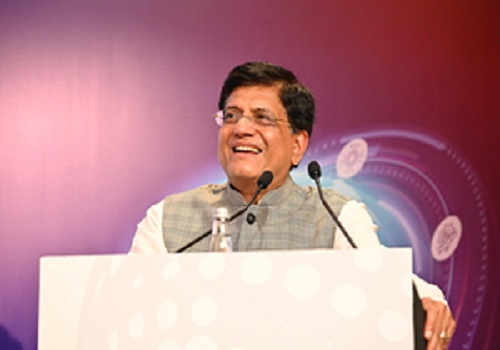

.jpg)








